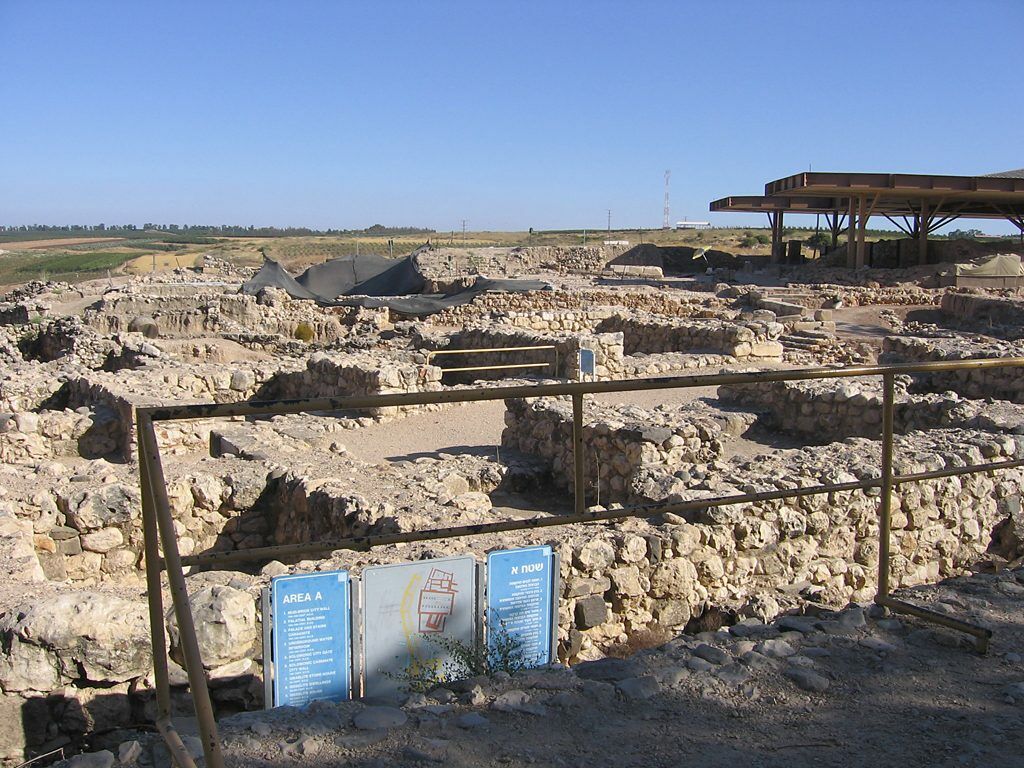In the ancient world, city gates were hubs of activity. This is where meetings took place, where leaders addressed residents, where travelers entered and exited, and where merchants sold their goods and tradesmen plied their craft.
The parallel chambers, which were situated on both sides of the gate passage, were used for a variety of purposes, including meeting rooms and storage rooms for food, water and other goods.
City gatehouses are prominent in the biblical record. Abraham purchased land “at the gate” of Hebron (Genesis 23). Lot was sitting “in the gate of Sodom” when he met the angels who foretold the city’s destruction (Genesis 19). The legalities of Boaz’s marriage to Ruth were hashed out “in the gate” (Ruth 4). It was the place where those guilty of manslaughter were instructed to plead their case (Joshua 20). Saul first encountered Samuel “in the gate” of a city in the land of Zuph (1 Samuel 9). Joab took his rival, the military general Abner, “aside into the midst of the gate to speak with him quietly”—and then murdered him in one of the chambers (2 Samuel 3:27). It was within a gate that David was restored as king following the quashing of Absalom’s rebellion (2 Samuel 19). Proverbs 31 says that a respectable man is “known in the gates” (verse 23). The Prophet Jeremiah was arrested “in the gate of Benjamin” (Jeremiah 37)—the same gate within which King Zedekiah could be found “sitting” (Jeremiah 38). Many more examples could be cited.

Besides serving practical day-to-day functions, having a multichambered gate was instrumental to a city’s defense. The weakest point in any fortification is the gate. In the event of a siege, the rooms and passage of a multichambered gatehouse could be filled with rubble, effectively transforming the gatehouse into a solid continuation of the city wall (and the thickest part of the wall, at that).
In some cases, gatehouses were positioned above a steep drop with a right-angle entrance. This was the case for both Megiddo and Jerusalem. In Jerusalem, a prominent guard tower (known as Warren’s Tower, or the “Large Tower”) was built directly in front of the gatehouse. This prevented an invading army from amassing troops directly at the entrance to the gate. To breach the city, enemy soldiers would first have to approach the gate along a narrow path running parallel to the city wall, where they would be vulnerable to attack from soldiers positioned on the city walls above.

